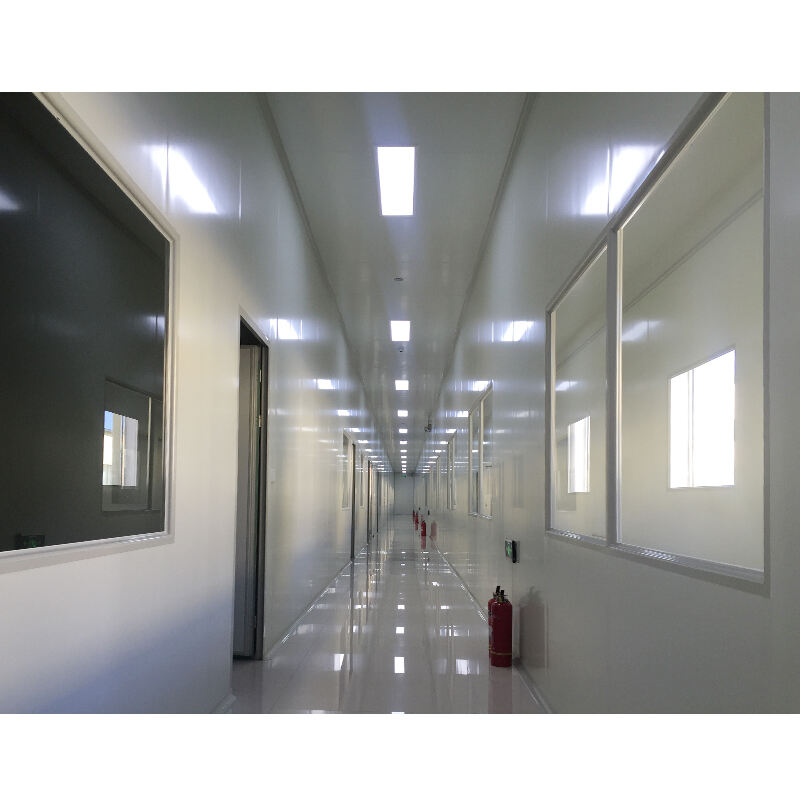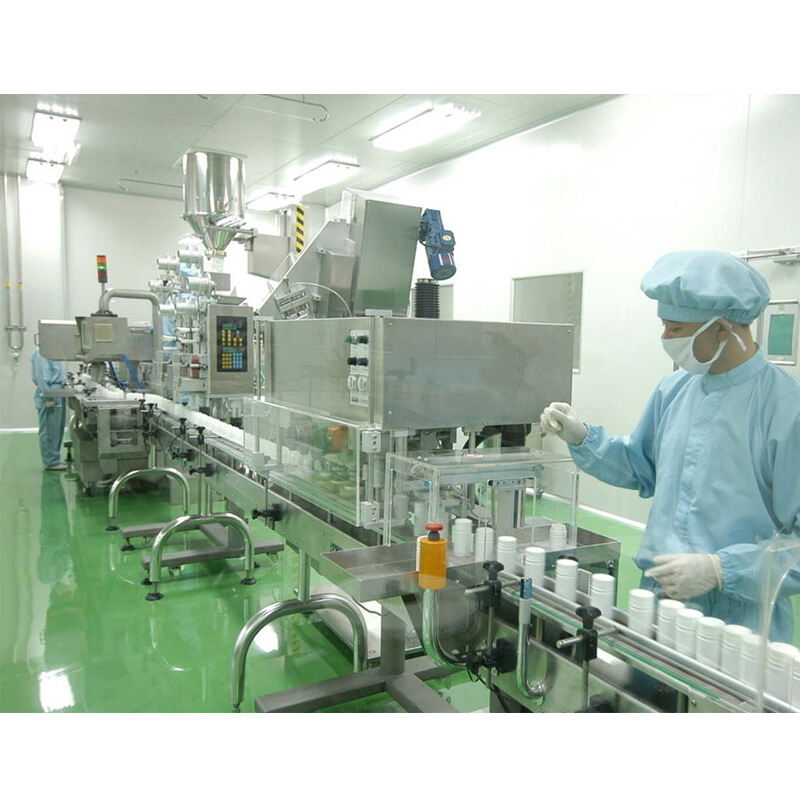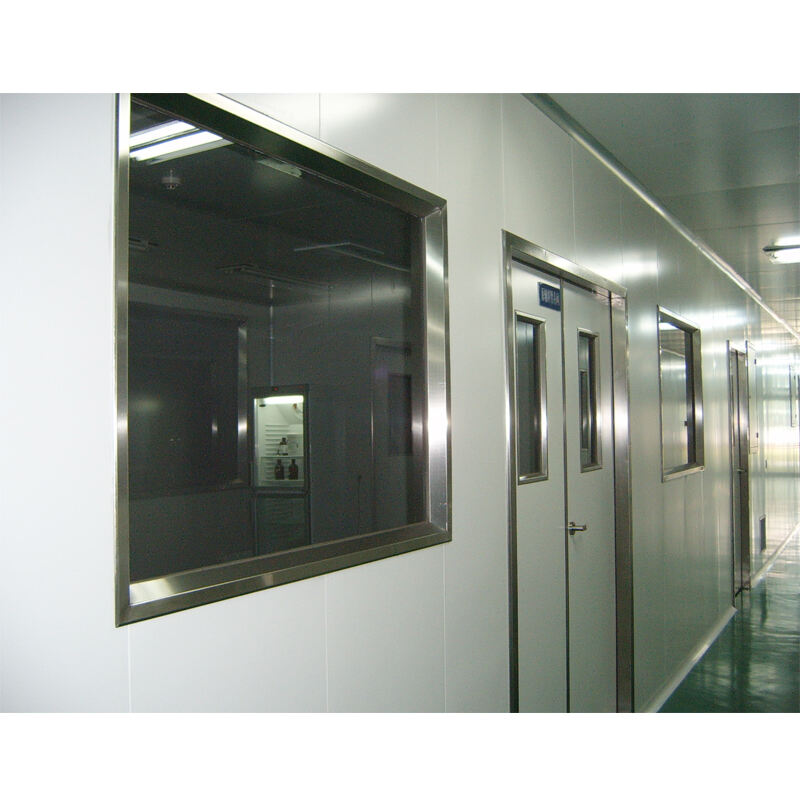clean room environment
A clean room environment represents a controlled space where environmental parameters such as temperature, humidity, air particles, and pressure are strictly regulated. These specialized facilities incorporate advanced filtration systems, including High-Efficiency Particulate Air (HEPA) filters, which remove microscopic particles from the air to maintain exceptional cleanliness standards. The clean room's design features seamless walls, specialized flooring, and carefully planned airflow patterns to minimize contamination risks. Modern clean rooms are equipped with sophisticated monitoring systems that continuously track environmental conditions, ensuring compliance with industry standards such as ISO 14644-1. These environments are crucial for industries requiring pristine conditions, including semiconductor manufacturing, pharmaceutical production, medical device assembly, and aerospace component fabrication. The clean room's classification system, ranging from ISO Class 1 to ISO Class 9, determines the maximum allowable particles per cubic meter of air, with Class 1 being the most stringent. Personnel entering clean rooms must follow strict protocols, including wearing appropriate cleanroom garments and following specific entry and exit procedures. The integration of automation and robotic systems in modern clean rooms further reduces human-induced contamination while increasing operational efficiency.


